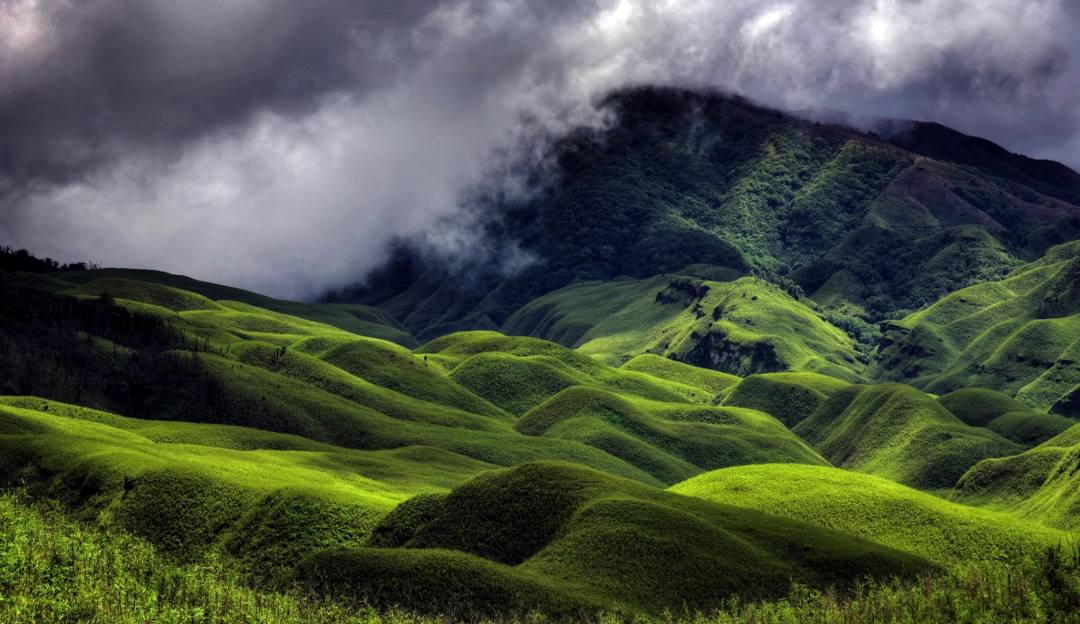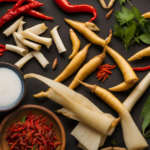Northeast India: A Tapestry of Natural Beauty, Cultural Diversity, and Rich Traditions

Northeast India, often referred to as the “Seven Sisters” and one brother (Sikkim), is a region that captivates with its stunning landscapes, vibrant cultures, and unique traditions. Comprising eight states – Arunachal Pradesh, Assam, Manipur, Meghalaya, Mizoram, Nagaland, Tripura, and Sikkim – this part of India offers a treasure trove of experiences for travelers and researchers alike.
Geography and Environment
Northeast India is a land of geographical contrasts, ranging from the snow-capped peaks of Arunachal Pradesh to the lush valleys of Assam. The region is characterized by its hilly terrain, dense forests, and a multitude of rivers and lakes. The Brahmaputra River, one of the major rivers of the world, flows majestically through Assam, contributing to the fertile plains that support extensive tea plantations and agriculture.
People and Culture
The region is home to a diverse array of ethnic groups, each with its own language, customs, and traditions. The cultural mosaic of Northeast India is reflected in its festivals, dances, music, and arts.
- Arunachal Pradesh: Known as the “Land of the Dawn-Lit Mountains,” Arunachal Pradesh is inhabited by various tribes like the Apatani, Adi, and Nishi. The state’s cultural heritage includes colorful festivals like Losar, Solung, and Dree.
- Assam: Famous for its tea, silk, and the Bihu festival, Assam is a melting pot of cultures. The Assamese people celebrate Bihu with traditional music, dance, and feasts, marking the Assamese New Year.
- Manipur: Often called the “Jewel of India,” Manipur is renowned for its classical dance form, Manipuri, and the vibrant Raas Leela performances. The state’s cultural identity is also shaped by its indigenous sports like polo.
- Meghalaya: Known for its matrilineal society, Meghalaya is inhabited by the Khasi, Garo, and Jaintia tribes. Festivals like Nongkrem Dance, Wangala, and Behdeinkhlam reflect the state’s rich cultural heritage.
- Mizoram: The Mizos, known for their discipline and hospitality, celebrate festivals like Chapchar Kut and Mim Kut with traditional dances, music, and feasts.
- Nagaland: Home to the Naga tribes, each with its distinct culture and traditions, Nagaland is famous for the Hornbill Festival, a showcase of Naga heritage through music, dance, and crafts.
- Tripura: The state has a mix of Bengali and tribal cultures, with major festivals like Durga Puja and Kharchi Puja. The Tripuri people celebrate Garia Puja to seek blessings for a bountiful harvest.
- Sikkim: Known for its monasteries, lush landscapes, and the Kanchenjunga mountain, Sikkim’s culture is a blend of Tibetan Buddhism and Hinduism. Festivals like Losar and Saga Dawa are widely celebrated.
Festivals and Traditions
The festivals of Northeast India are a vibrant expression of the region’s cultural diversity and rich traditions.
- Bihu (Assam): Celebrated thrice a year (Rongali, Kongali, and Bhogali Bihu), these festivals mark different phases of the agricultural calendar with music, dance, and feasts.
- Hornbill Festival (Nagaland): Known as the “Festival of Festivals,” it brings together all Naga tribes in a grand celebration of their heritage with traditional music, dance, and crafts.
- Durga Puja (Tripura): A major festival in Tripura, it involves elaborate worship of the goddess Durga, accompanied by cultural performances and fairs.
- Losar (Arunachal Pradesh and Sikkim): The Tibetan New Year is celebrated with prayers, traditional songs, and dances, especially among the Monpa and Sherdukpen tribes of Arunachal Pradesh and the Sikkimese people.
Famous Places
Northeast India is dotted with numerous attractions that draw tourists and adventurers from around the globe.
- Kaziranga National Park (Assam): A UNESCO World Heritage Site, it is home to the largest population of the one-horned rhinoceros.
- Tawang Monastery (Arunachal Pradesh): The largest monastery in India and a major center of Tibetan Buddhism.
- Loktak Lake (Manipur): Known for its phumdis (floating islands), it is the largest freshwater lake in the region.
- Cherrapunji and Mawsynram (Meghalaya): Famous for their living root bridges and as some of the wettest places on Earth.
- Dzükou Valley (Nagaland and Manipur): A pristine valley known for its natural beauty and vibrant seasonal flowers.
- Ujjayanta Palace (Tripura): A former royal palace in Agartala, now a museum showcasing the region’s history and culture.
- Rumtek Monastery (Sikkim): One of the most important centers of Kagyu Buddhism, it attracts pilgrims and tourists alike.
Traditional Clothing
Traditional attire in Northeast India is as diverse as its culture, often reflecting the unique identity of each tribe and community.
- Assam: Women wear the Mekhela Chador, a two-piece garment, while men wear dhotis and kurtas, often with a traditional Assamese Gamosa (a handwoven towel).
- Nagaland: Each Naga tribe has its own distinct patterns and designs. Traditional attire includes colorful shawls and wraps, often decorated with beads and feathers.
- Manipur: Women wear the traditional Phanek (a wraparound skirt) and Innaphi (a shawl), while men wear dhotis and shirts.
- Meghalaya: Khasi women wear the Jainsem, and men wear traditional dhotis. Garo women wear Dakmandas, and Jaintia women wear Ryndia.
- Mizoram: Mizo women wear the Puan (a wraparound skirt) and a blouse, while men wear traditional jackets and shawls.
- Sikkim: Traditional attire includes the Bakhu (a wraparound dress) for women and the Kho (a robe) for men, often accompanied by a belt.
Unique Food Culture
The culinary landscape of Northeast India is diverse, with each state offering unique flavors and dishes.
- Assam: Known for dishes like Assam Laksa, a tangy fish-based soup, and Pitha, a traditional rice cake.
- Nagaland: Famous for its smoked meats and dishes like Axone (fermented soybean) with pork.
- Manipur: Known for Eromba, a dish made from mashed vegetables and fermented fish, and Singju, a spicy vegetable salad.
- Meghalaya: Jadoh (rice cooked with pork or chicken), Dohneiiong (pork with black sesame seeds), and Kappa (meat cooked with cooking soda, greens, ginger, and chilies) are popular dishes.
- Mizoram: Bamboo shoot dishes and Bai, a mix of vegetables and herbs, are common.
- Sikkim: Famous for its Momos (dumplings) and Thukpa (noodle soup).
Conclusion
Northeast India stands out for its natural beauty, cultural diversity, and rich traditions. Each state, with its unique blend of landscapes, people, festivals, and cuisine, offers a distinct experience. Whether you’re exploring the lush tea gardens of Assam, the vibrant festivals of Nagaland, or the serene monasteries of Sikkim, Northeast India promises an unforgettable journey into the heart of India’s cultural and natural wealth.







